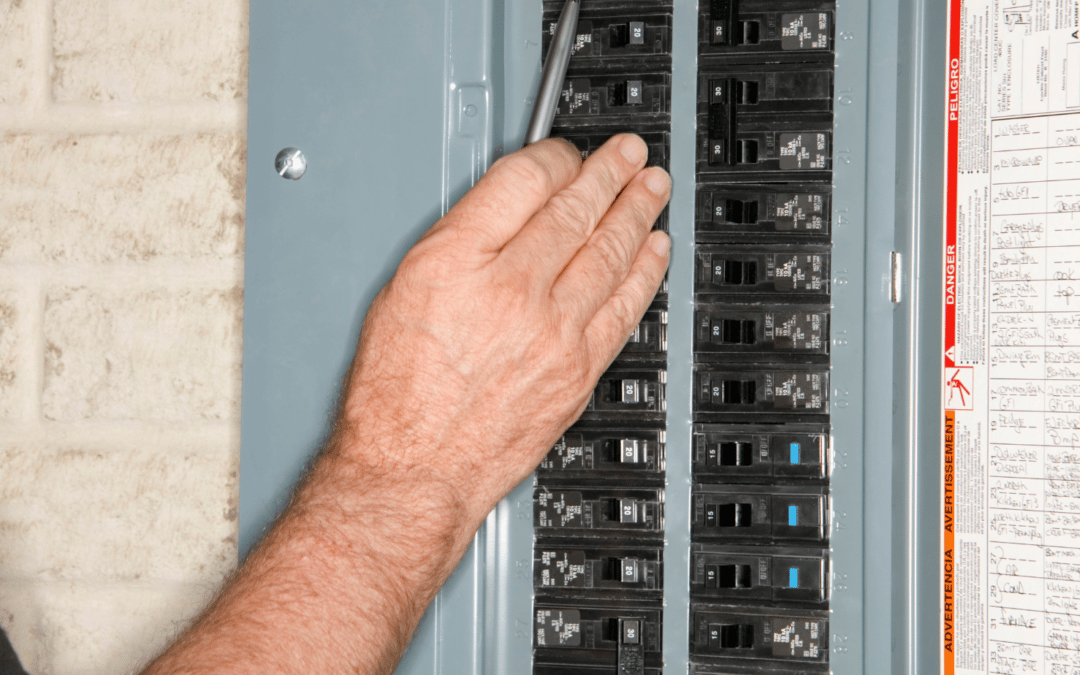Professional technical support for electrical industry challenges.
Wiki Article
Leading Tips for Effective Electric System Troubleshooting
Fixing electrical systems needs a systematic strategy, grounded in a comprehensive understanding of electric concepts and security protocols. By acquainting oneself with circuit components, utilizing essential tools, and adhering to an organized evaluation approach, professionals can properly determine and solve problems. The nuances of reliable troubleshooting extend beyond plain technological understanding; understanding just how to record searchings for and prioritize safety and security can dramatically affect end results. As we check out these vital elements better, it ends up being clear that grasping this procedure is not just useful yet important for success in the field.Understand the Fundamentals
Understanding the fundamentals of electric systems is crucial for effective troubleshooting, as a strong structure enables service technicians to detect and settle issues much more efficiently. A detailed understanding of electrical concepts, such as voltage, present, resistance, and power, is important in recognizing the origin triggers of issues. Voltage is the electric potential difference that drives current via a circuit, while resistance opposes the circulation of present, impacting the total performance of the system.Knowledge with circuit elements, consisting of resistors, capacitors, diodes, and switches over, is also extremely important. Each component plays an unique duty in circuit actions and can influence performance when malfunctioning. Additionally, recognizing series and parallel circuit arrangements is essential, as these plans influence the distribution of voltage and existing within the system.
Professionals have to be conscious of potential threats, such as shock and short circuits, to execute secure troubleshooting techniques. By grasping these fundamental principles, specialists improve their capability to carry out effective diagnostics and fixings, eventually leading to enhanced performance and reliability of electrical systems (electrical system troubleshooting).
Gather Necessary Tools
Reliable troubleshooting of electric systems calls for the right set of tools to identify and settle concerns accurately. A fully equipped technician can significantly improve effectiveness and performance in determining problems. Essential tools consist of a multimeter, which measures voltage, current, and resistance, permitting precise examinations of electric elements. Secure meters are additionally beneficial for measuring existing without separating the circuit, guaranteeing safety and ease.Furthermore, shielded hand devices such as screwdrivers, pliers, and cord pole dancers are essential for safely manipulating electric connections. It is additionally recommended to have a circuit tester accessible to confirm the existence of voltage in electrical outlets and cables. For even more complex systems, a thermal imaging video camera can aid discover overheating parts, suggesting potential failings.

Comply With a Systematic Method
Having actually gathered the appropriate devices, the next action in fixing electric systems is to comply with an organized method. A methodical method guarantees that service technicians can identify faults efficiently and precisely, lessening downtime and preventing unneeded repairs.Begin by evaluating the system's schematic layouts and specifications. Understanding the layout and operational criteria will provide context for diagnosing problems. Next, isolate the problem area by making use of a procedure of removal. This includes monitoring each element systematically, starting from the source of power and working in the direction of the load.
Utilize testing equipment, such as multimeters and oscilloscopes, to gather objective information about voltage, existing, and resistance at numerous points within the system. This empirical proof will lead your troubleshooting initiatives and help to validate or remove prospective reasons of failure.
In addition, take into consideration environmental variables that might affect the system's performance, such as temperature changes or dampness ingress. An extensive evaluation of wiring, links, and parts will certainly guarantee that all possibilities are made up.
Document Your Findings
Comprehensive documents is necessary in the repairing procedure of electric systems. This practice not only aids in recognizing the origin reason of the issue yet also offers as a recommendation for future troubleshooting efforts.
In addition, keeping a log of components replaced or repairs done is invaluable. This details sustains supply administration and can assist assess the longevity and reliability of particular parts.
Eventually, the documents procedure need to be extensive yet succinct, allowing easy access and testimonial - electrical system troubleshooting. By prioritizing detailed documentation, technicians can develop an important expertise base that not only aids in present troubleshooting but additionally equips future maintenance initiatives, thereby improving overall system reliability

Prioritize Precaution
Identifying the inherent dangers linked with electric systems is important for ensuring safety and security throughout troubleshooting. Electrical shock, burns, and equipment damages are just a few of the potential threats that service technicians face. Prioritizing precaution is not only a legal commitment yet likewise a moral vital that safeguards both the technician and the surrounding setting.Prior to starting any troubleshooting job, service technicians must wear suitable personal protective devices (PPE), including protected gloves, electrical system troubleshooting shatterproof glass, and flame-resistant clothes. Ensuring that the workspace is dry and devoid of mess can considerably lower the threat of crashes. It is crucial to de-energize circuits prior to starting any kind of work, validating that they are not live with the use of a multimeter or voltage tester.
Establishing clear communication methods with team participants is likewise vital; this makes sure that every person is aware of prospective threats and the standing of the electric system being serviced. Having an emergency situation feedback plan in area can show indispensable in the event of a case. By focusing on precaution, technicians can properly minimize risks and promote a much safer workplace.
Verdict
Effective electric system repairing depends on a thorough understanding of fundamental concepts and a methodical technique. By gathering important tools, adhering to organized analysis methods, and thoroughly recording searchings for, the fixing process becomes more efficient and trustworthy. Prioritizing precaution makes sure the wellness of people involved and the stability of the electrical system. Executing these methods will improve the fixing experience, bring about quicker resolutions and boosted functional efficiency in electric systems.Report this wiki page